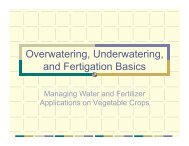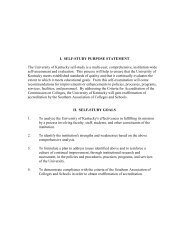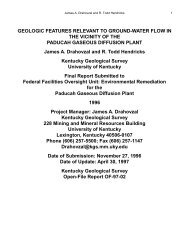Flexible Workplace Solutions for Low-Wage Hourly Workers
Flexible Workplace Solutions for Low-Wage Hourly Workers
Flexible Workplace Solutions for Low-Wage Hourly Workers
Create successful ePaper yourself
Turn your PDF publications into a flip-book with our unique Google optimized e-Paper software.
Sometimes workers have their hours cut while in the midst of a work shift. In Lambert’s previously<br />
described study, employers often sent workers home when work was slow. Lambert found that newly<br />
hired workers and part-time workers were more likely to be subjected to reductions in the amount of<br />
hours <strong>for</strong> which they were previously scheduled to work and to just-in-time scheduling practices than<br />
other workers.<br />
Involuntary part-time work. <strong>Low</strong> wages, combined with involuntary part-time work, leave many<br />
workers with very little take-home pay at the end of the week or month. Assuming the number of<br />
part-time workers who would prefer to be working full-time is a fair proxy <strong>for</strong> involuntary part-time<br />
work, approximately 49% of low-wage hourly part-time workers in jobs with standard schedules and<br />
24% of low-wage hourly part-time workers in jobs with nonstandard schedules are working part-time<br />
involuntarily.<br />
These results are consistent with fi ndings from the CitiSales Study that found that 33% of full-time<br />
and 43% of part-time workers would like to work more hours. The most common reasons given <strong>for</strong><br />
not working more hours at CitiSales are, “more hours are not available” and “schedule offerings do<br />
not fi t with my family responsibilities.” 74<br />
Nonetheless, we anticipate that these percentages may be much higher in this current economic<br />
climate, given the national unemployment rate of 9%. 75 As evidence of this, the Economic Policy<br />
Institute reports that the number of involuntary part-time workers has almost doubled since the start<br />
of the recession from 4.6 million to 9.1 million. 76 More recent fi gures on involuntary part-time work<br />
from the United States Bureau of Labor Statistics show that, as of January 2011, 8.4 million people<br />
were employed in part-time jobs <strong>for</strong> economic reasons, defi ned as either slack work or business<br />
conditions or only being able to fi nd a part-time job. 77<br />
TABLE 9: Scheduling Instability<br />
Experience a reduction of hours<br />
or layoff when work is slow<br />
Among part-time workers, those<br />
who would prefer to work full-time<br />
0%<br />
10%<br />
20% 30% 40%<br />
50%<br />
Employees working standard hours:<br />
Employees working nonstandard hours:<br />
full-time<br />
part-time<br />
full-time<br />
part-time<br />
23

















